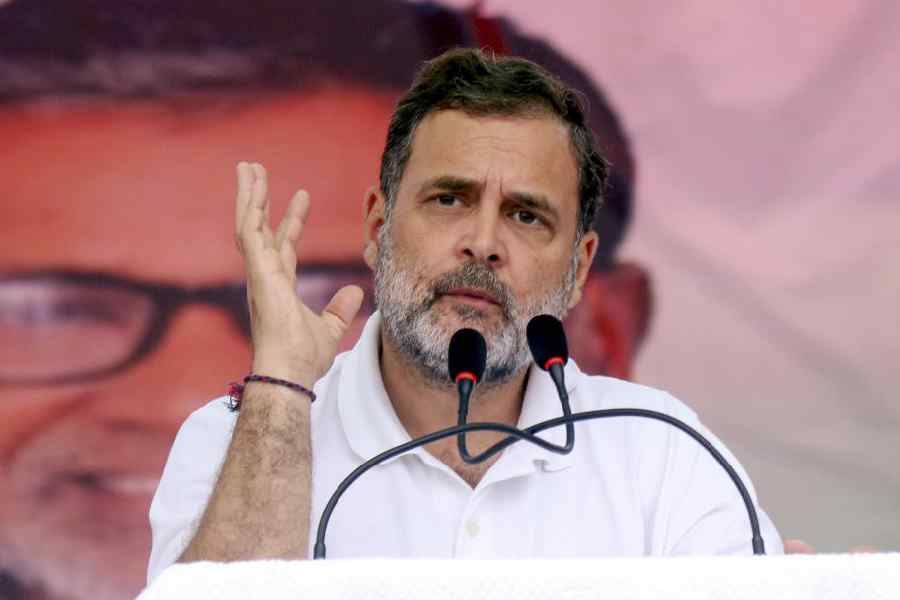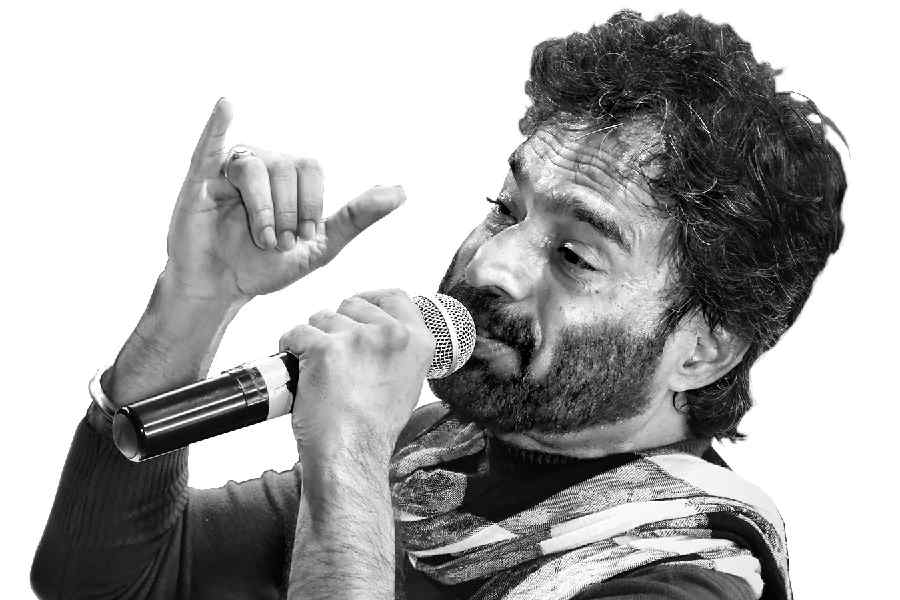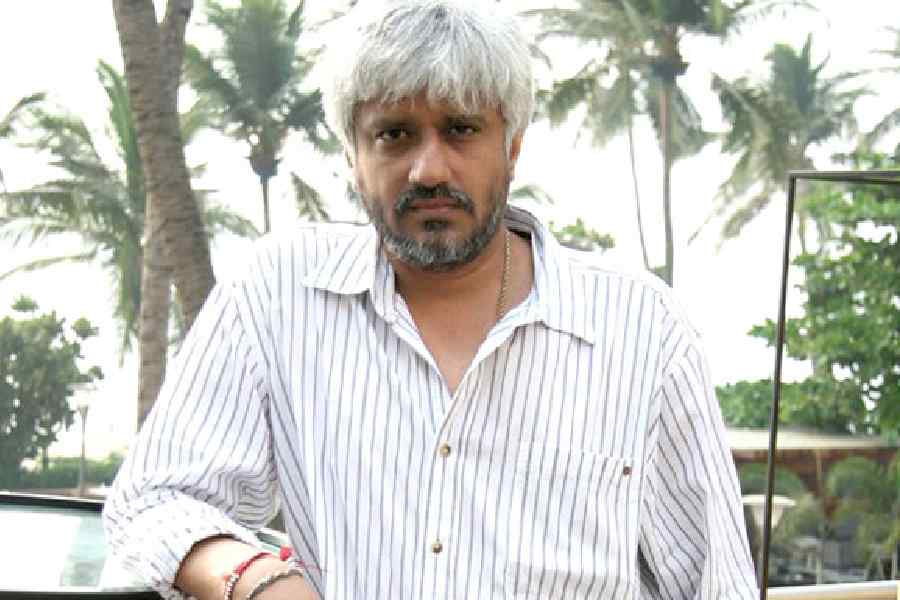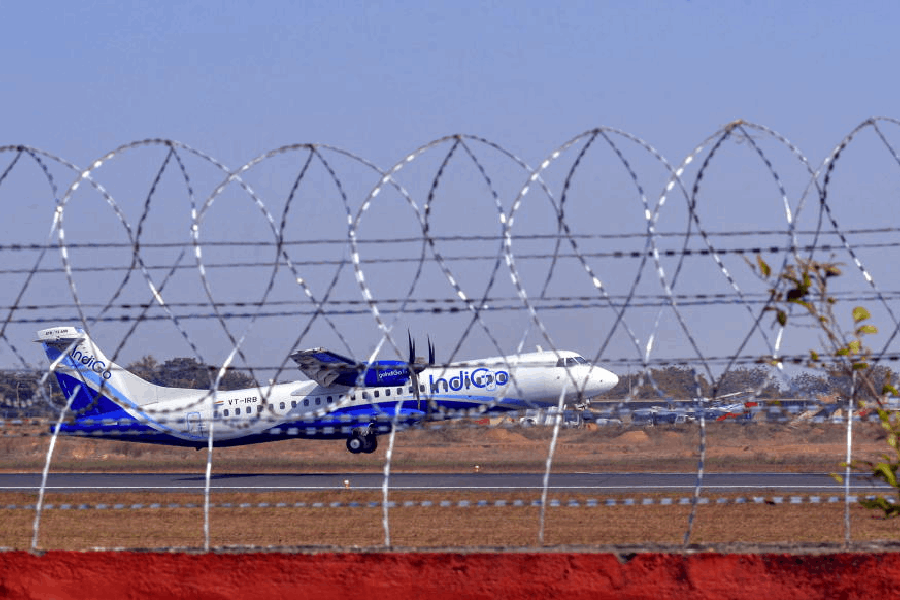Exemption of pharmaceutical and semiconductor industries from the ambit of sweeping tariffs imposed by US president Donald Trump held out temporary respite for Indian manufacturers which were quick to point out the ‘critical roles’ played by the domestic industry.
Indian Pharmaceutical Alliance, the body of pharma companies, said the decision to exempt the sector underscores the critical role of cost-effective, life-saving, generic medicines in public health, economic stability and national security.
India exported $8 billion of pharma products to the US in 2024, which accounted for 40 per cent of the generic drugs consumed in the US. India has more than 650 manufacturing facilities approved by the US Food and Drugs Administration (USFDA), the second-highest number outside the US. They account for a quarter of all such certified facilities outside the US.
“The Indian pharmaceutical industry is committed to advancing the shared priorities of both nations, strengthening medicine supply chain resilience and reinforcing national security by ensuring access to affordable medicines for all,” Sudarshan Jain, secretary-general of IPA, said in a statement, adding that the pharma sector could play a big role if Indo-US bilateral trade aspire to reach $500 billion by the end of this decade.
Even though anticipated, the market rewarded pharma stocks during trade on Thursday with the BSE healthcare index jumping 1.82 per cent, while the Sensex ended up marginally down 0.42 per cent.
However, Anuj Sethi, senior director of Crisil Ratings, cautioned that the pharma industry is not out of the woods.
“The possibility of tariffs being imposed by the US Administration on pharmaceuticals at a later stage cannot, however, be ruled out. That said, several potentially mitigating factors — ongoing drug shortages in the US, the higher cost of domestic pharmaceutical production in USA, and declining profitability of US pharma firms — are expected to be taken into consideration before any such imposition,” Sethi said in a note.
While the semiconductor industry, which is at the nascent stage of development in India amidst a recent push by the Modi government to gain self-reliance in the sector, is exempted, the electronics industry would attract the country-specific 27 per cent duty. However, industry leaders were busy counting competitive advantage among nations that export to the US.
Ajai Chowdhry, founder of HCL and chairman of EPIC, said India is poised to gain an edge over Vietnam and China in the electronic sector and will most likely outperform these countries. He, however, highlighted the need to be ‘vigilant’ about China’s ‘electronic waste dump’ to India.
India exported $10 billion worth of electronic goods in FY24 but India Cellular & Electronics Association predicted it to grow to $80 billion in coming years.
“Our favourable positioning compared with major electronic exporting nations, especially China and Vietnam, is a crucial development that we must leverage,” Pankaj Mohindroo, chairman of ICEA, said.
While India’s reciprocal tariff stands at 27 per cent, China’s cumulative tariffs, including previous tariff actions, range from 54 per cent to as high as 154 per cent and Vietnam faces 46 per cent.
The strategic advantage, though marginally less favourable than Brazil or Egypt at 10 per cent, still offers India a critical near term export competitiveness window, a statement from ICEA pointed out.
Both pharma and electronics sectors, however, urged the India government to accelerate ongoing talks on bilateral trade agreement which can potentially freeze the benefits to the Indian industry and clear the air of uncertainty.











